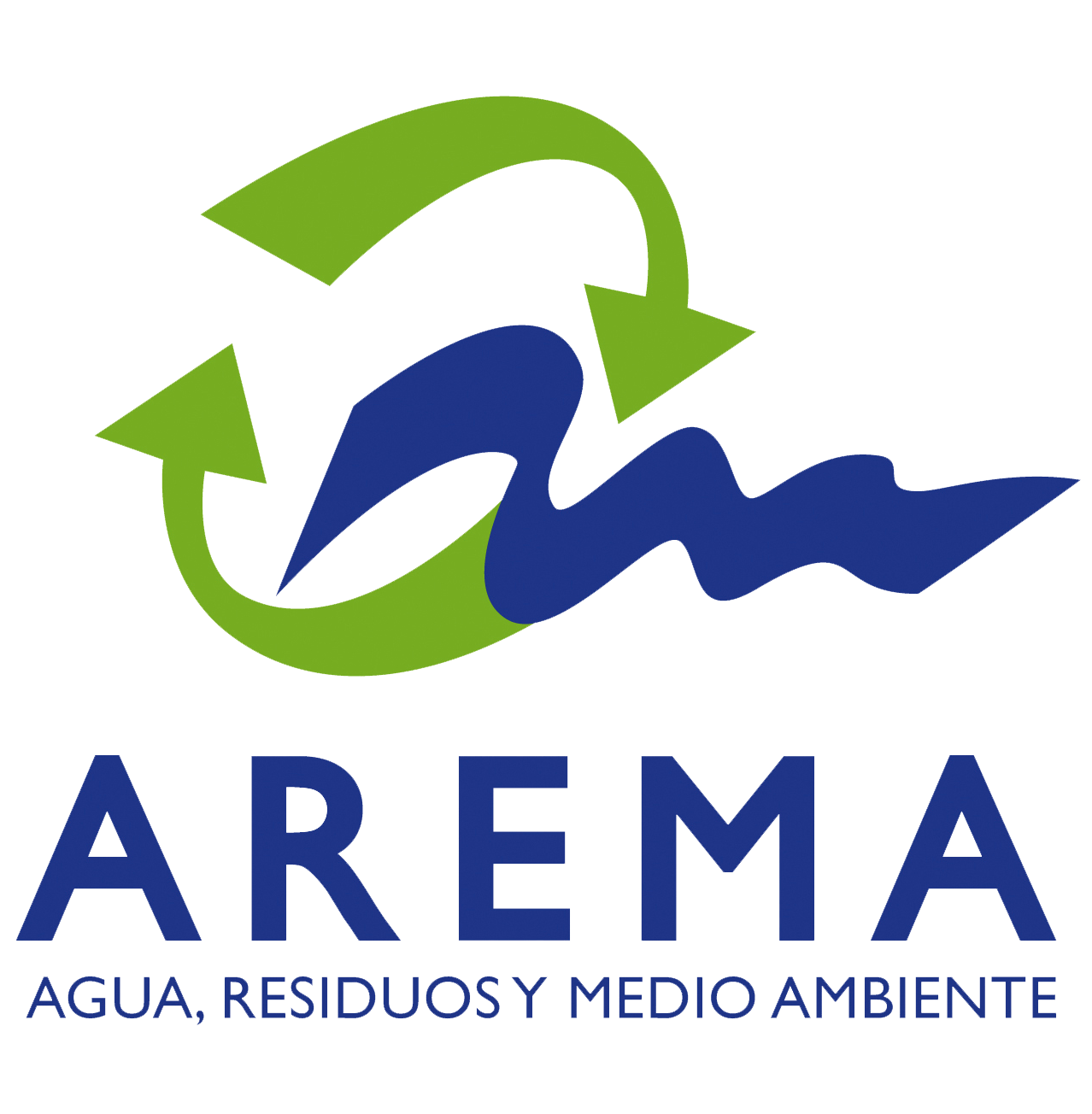Different processes are applied to the sludge, in order to reduce its mass and volume, stabilize its organic content, sanitize the material and adapt its characteristics to reuse or final destinations.
AREMA executes complete mud treatments which mainly consist in:
 THICKENING
THICKENING 
Sludge thickening is the process by which the solids content of the mud is increased, by separation of part of the liquid fraction. The sludge volume reduction that can be achieved is more than one fifth of the original volume.
This reduction in volume improves the management of the mud in subsequent treatments, reducing the necessary capacity of tanks and mechanical equipment as well as reducing the requirements for chemical conditioning and volume of mud to handle.


 STABILIZATION
STABILIZATION 
Stabilization processes can reduce, inhibit or eliminate the potential for putrefaction that sludge, due to the reduction of the presence of organic matter. Simultaneously, it reduces the levels of pathogens and it eliminates unpleasant odours. The techniques of stabilization of the organic fraction of the sludge can be mainly divided into biological systems and chemical systems.
The main biological stabilization systems are known as digestion, aerobic or anaerobic, as developed in the presence or absence of oxygen, respectively. The classic system of chemical stabilization, and also sanitation, is to mix the mud with lime.
The mud can also be treated by other physical means (thermal drying) or biological (composting) to achieve additional reductions of mass and volume and/or higher stages of stabilization/sanitation of the organic fraction.
AREMA has experience in the design and execution of these types of treatment and selects the necessary stabilization processes according to the potential of sludge produced in each case or according to the customer requirements.
The digested sludge, when performed via anaerobic, produces biogas, a mixture of flammable gases (mostly methane) and pollutants. Biogas can be used as a source for energy, both in the form of heat and electricity, so it can be used for self-consumption in the plant or to a third party, as long as the investment results economically viable.


 DEWATERING
DEWATERING 
In order to favour the process of sludge dewatering, once stabilized, a unit operation called sludge conditioning is performed. Normally it is achieved by the addition of chemical products, but it can also be reached through a heat treatment.
The chemical conditioning results in coagulation-flocculation of solids and the release of the water absorbed by the sludge, favouring the subsequent treatment of dehydration. The most common chemicals used are inorganic cationic polymers, ferric chloride, lime and aluminium sulphate.
Dewatering separates the water content of the sludge by mechanical means, reducing the final volume of sludge obtained, facilitating its handling and reducing the costs of its disposal and transportation. The treatments most commonly used are mechanical methods such as centrifugation, pressure filtration and vacuum filtration. The level of dehydration achieved is selected according to the final destination of the sludge.
Sludge, whether coming from urban or industrial water treatment stations, has its own legislation, which is based primarily on their content of heavy metals and pathogens. Each type of disposal is regulated by different standards, which vary in scope and range, and thus the mud requires different treatment techniques.
Once dewatered, the sludge can be treated as solid urban waste; it can be incinerated, reused in agriculture as fertilizer; used in forestry applications and recovery of marginal lands and even used as feedstock in the manufacture of construction materials.





